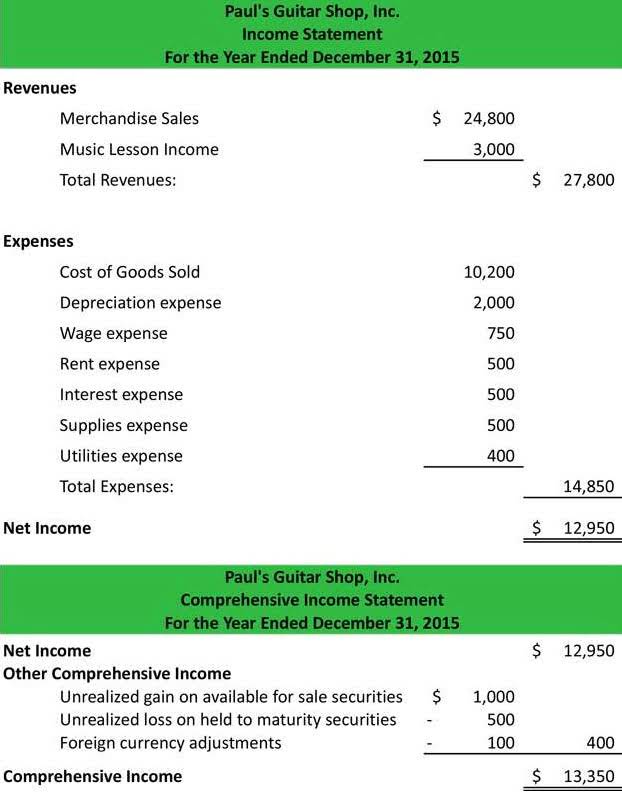Cryptocurrency Prices, Charts & Crypto Market Cap
The Dentacoin price prediction for next week is between $ 0.0₆5406 on the lower end and $ 0.0₆5576 on the high end. Based on our DCN price prediction chart, the price of Dentacoin will increase by 3.14% and reach $ 0.0₆5576 by Nov 25, 2024 if it reaches the upper price target. Following a bullish trend in the previous year, 2028 is expected to continue this momentum.
According to our Dentacoin forecast, the price of Dentacoin will increase by 2.88% over the next month and reach $ 0.0₆5555 by December 15, 2024. According to our Dentacoin forecast, the price of Dentacoin will increase by 0.36% over the next week and reach $ 0.0₆5419 by November 20, 2024. According to our historical data, it is currently profitable to invest in Dentacoin.
Per our technical indicators, the current sentiment is Neutral while the Fear & Greed Index is showing 80 (Extreme Greed). Dentacoin recorded 19/30 (63%) green days with 18.90% price volatility over the last 30 days. According to our Dentacoin price prediction, DCN is forecasted to trade within a price range of $ 0.0₆5388 and $ 0.0₆7003 next year. Dentacoin will increase by 29.67% and reach $ 0.0₆7003 if it reaches the higher value target for 2025. Forecasts for November suggest a continuation of the market trend, with a potential price increase to $ 0.0₆5594.
Dentacoin Price Prediction 2026
Dentacoin price today is $ 0.0₆5401 with a 24-hour trading volume of $ 55.43, market cap of $ 317,607, and market dominance of 0.00%. The 200-day SMA is a popular indicator that’s used to determine an asset’s long-term price trend. Meanwhile, a falling 200-day SMA shows that DCN has been trending downwards over the long term. The Fear & Greed Index combines several market and investment indicators, including 30- and 90-day volatility, trading volume, social media activity, and Google Trends data.
Dentacoin Markets
In the table below you can find two types of moving averages, simple moving average (SMA) and exponential moving average (EMA). The highest price ever recorded for DCN was $0.00593, which we consider to be a key level for the price of Dentacoin to potentially return to in the next bull run. As DCN is a low trade volume cryptocurrency, its price can experience higher volatility compared to more highly liquid coins. Therefore, while it has the potential to rally quickly, it can also drop just as fast. Look at this coin more cautiously please check the coin page and do more research. However, our algorithmic prediction system suggests that the price may exceed this level and reach as high as $0.0719 within the next ten years.
- Scores are based on common sense Formulas that we personally use to analyse crypto coins & tokens.
- The DCN cryptocurrency is forecasted to hit a high point of $ 0.0₆8121 in January and reach a low of $ 0.0₆4993 in October.
- The highest price ever recorded for DCN was $0.00593, which we consider to be a key level for the price of Dentacoin to potentially return to in the next bull run.
- In 2025, Dentacoin is forecasted to trade in a price channel between $ 0.0₆5974 and $ 0.0₅3289.
- The Dentacoin price prediction for next week is between $ 0.0₆5406 on the lower end and $ 0.0₆5576 on the high end.
Dentacoin’s 50-Day, 200-Day Simple Moving Averages and 14-Day Relative Strength Index – RSI (
As of now, Dentacoin’s circulating supply is 588.11B, contributing to a market capitalization of $123.50K. When trying to make a Dentacoin forecast, many traders also try to monitor the activity of DCN “whales”, which are entities and individuals that control large amounts of DCN. Since the Dentacoin market is relatively small compared to traditional markets, “whales” can single-handedly have a big influence on Dentacoin’s price movements.
Some charts will dentacoin price prediction use hollow and filled candlestick bodies instead of colors to represent the same thing. The current Dentacoin sentiment is neutral according to our technical analysis. The 14-day relative strength index (RSI) is currently at 61.46, indicating Natural conditions in the market without being oversold or overbought.
Dentacoin’s value is forecasted to decrease, potentially reaching an average price of $ 0.0₆5386. The price is predicted to fluctuate between a low of $ 0.0₆4791 in November and a high of $ 0.0₅1790 in December. The Dentacoin price prediction on CoinCodex is calculated using the historical Dentacoin price dataset, accounting for past volatility and market movements. In addition, the algorithm uses the cyclical nature of Bitcoin halvings, which introduce extra supply-side pressure on BTC every 4 years.
Similarly, Dentacoin resistance levels are at $ 0.0₆5505, $ 0.0₆5508, and $ 0.0₆5510. In , () is anticipated to change hands in a trading channel between and , leading to an average annualized price of . This could result in a potential return on investment of compared to the current rates. This chart shows long-term DCN crypto price prediction for the next several years 2025, 2030, and 2040.
Finally, Dentacoin is expected to trade at $ 0.0₆9049 on Nov 15, 2025, following a 67.58% value decrease in one year. The RSI (Relative Strength Index) is a very popular technical indicator used to analyze prices of a variety of assets, including Dentacoin. The readings produced by the RSI indicator range from 0 to 100, with 30 and 70 being important levels. An RSI reading under 30 indicates that the asset is currently undervalued, while an RSI reading above 70 indicates that the asset is currently overvalued. Dentacoin is forecasted to trade within a range of $ 0.0₆5388 and $ 0.0₆6629. If it reaches the upper price target, DCN could increase by 22.75% and reach $ 0.0₆6629.





Recent Comments